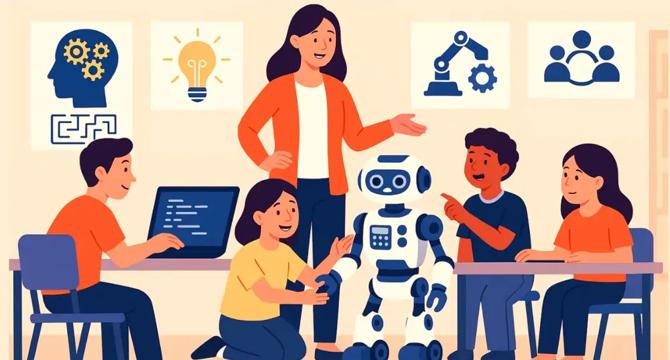Scientificworldinfo
1M
309

Image Credit: Scientificworldinfo
What are the Benefits of Teaching Robotics in STEM Classroom?
- Teaching robotics in STEM classrooms provides numerous benefits like developing critical thinking, problem-solving skills, and creativity.
- It fosters collaboration, teamwork, and hands-on learning experiences, preparing students for future STEM careers.
- Robotics education serves as a gateway to innovation, inspiring young minds to explore and excel in STEM fields.
- It bridges the gap between theoretical knowledge and practical application, making abstract concepts tangible and engaging.
- Robotics projects encourage curiosity, creativity, and perseverance, nurturing a growth mindset among students.
- Early exposure to robotics introduces students to cutting-edge technologies like programming and artificial intelligence.
- Robotics appeals to various learning styles, enhancing academic achievement and empowering students to become problem-solvers.
- Key benefits include enhancing critical thinking, fostering creativity, promoting hands-on learning, boosting student engagement, and supporting diverse learning.
- Robotics education boosts digital literacy, technical proficiency, resilience, adaptability, and interdisciplinary connections.
- It prepares students for future careers by instilling innovation, adaptability, and a mindset geared towards lifelong learning.
Read Full Article
18 Likes
For uninterrupted reading, download the app